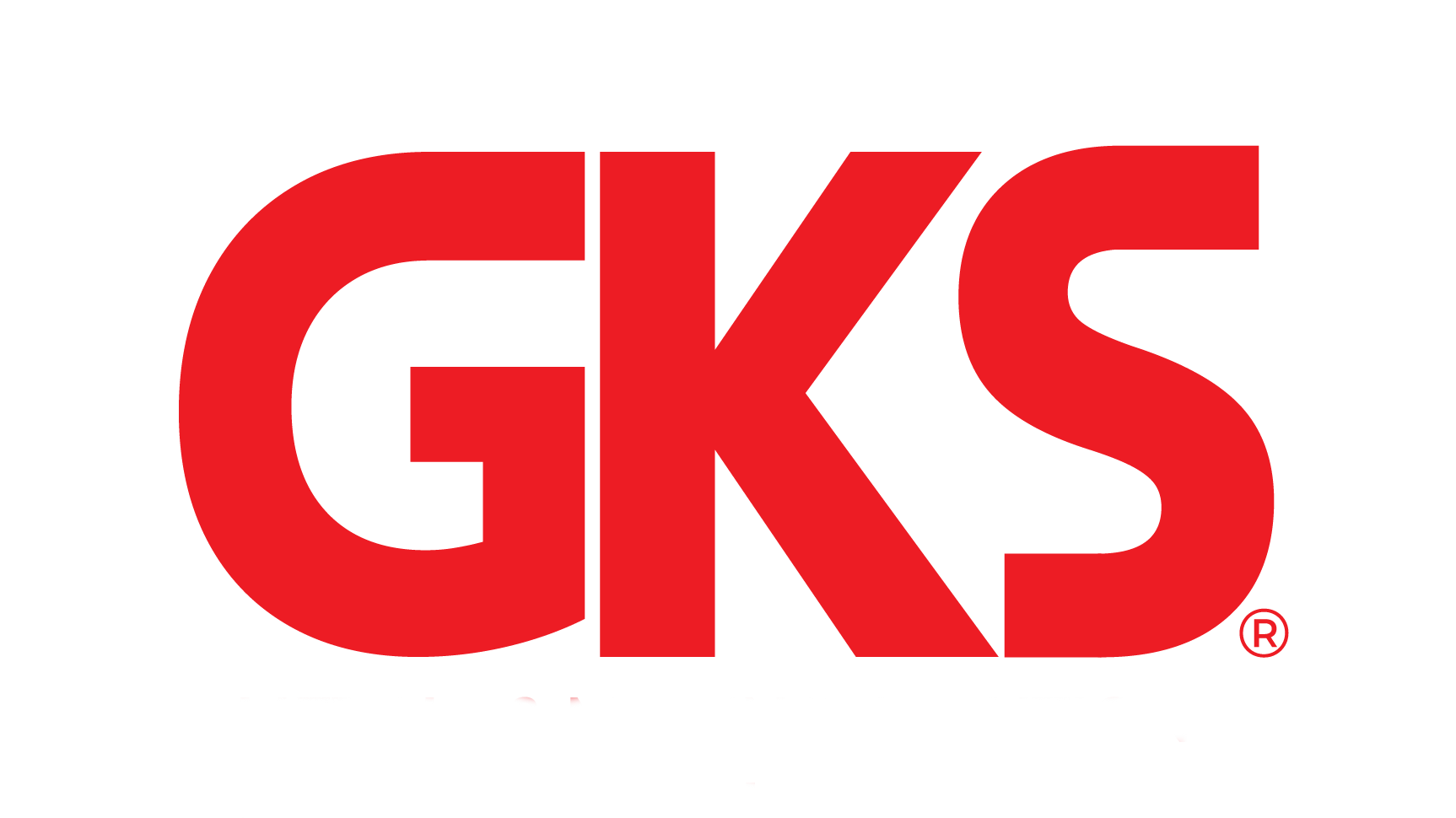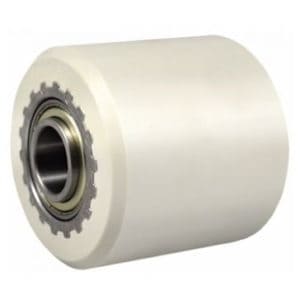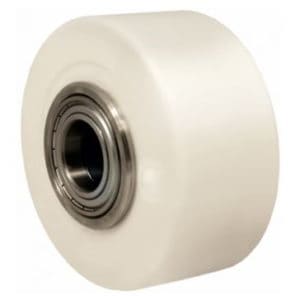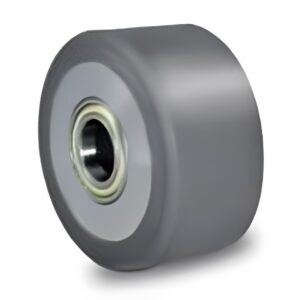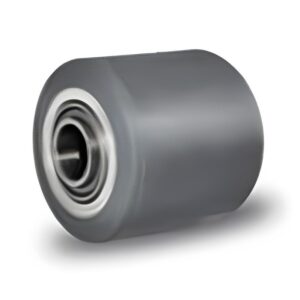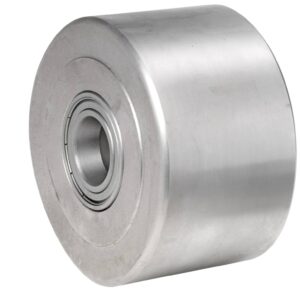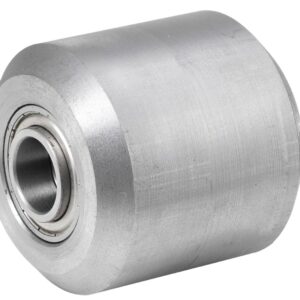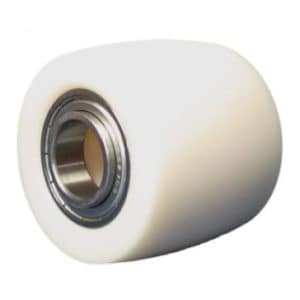GKS Rollers
-
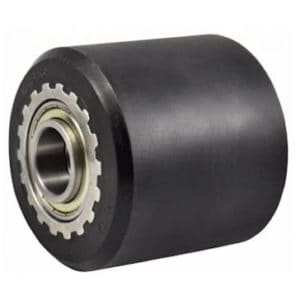
GKS – Alperfekt
$79.00In stock
Add to cart -

GKS – Alperfekt Premium
$139.00In stock
Add to cart -

GKS – Alperfekt Premium G
$337.00In stock
Add to cart -

GKS – Alperfekt PUR Large
$372.16In stock
Add to cart -

GKS – Alperfekt PUR Small
$120.05In stock
Add to cart -

GKS – Alperfekt Steel Large
$282.70In stock
Add to cart -

GKS – Alperfekt Steel Small
$168.00In stock
Add to cart -

GKS RL1/F/L2 Roller
$42.59In stock
Add to cart
GKS Roller Replacement Parts
Every component of a GKS product, from the washers to the rollers, is built to last. But heavy-duty lifting and moving leads to heavy-duty wear and tear. GKS is proud to offer high-quality replacement parts for our premium dollies and toe jacks, so you can extend the life of your lifting and moving equipment as long as possible.
DOLLY SPARE PARTS
A well-made, well-functioning dolly roller or wheel is critical to smooth operations. On the other hand, creaky or rusty dolly rollers and wheels can cause multiple problems, ranging from merely irritating to possibly dangerous. In most cases, a failed dolly roller is noticeable immediately, because the damage will make it impossible to use the dolly. But it’s important to be alert to damage that may be less obvious.
One sign of a damaged or malfunctioning industrial roller is difficulty rolling or moving the dolly. This can lead to major slowdowns, which is frustrating for employees and detrimental to workplace productivity. If the roller feels stiff, stuck, or halting, it may be time for a change.
Dolly rollers can also suffer cracks or breakage over time. The exposed edges on a cracked or broken dolly roller can scratch or damage flooring. A cracked or broken dolly roller can also lead to load instability, which can be dangerous and increase the risk of tipping. If a weakened or cracked roller breaks unexpectedly, the load could fall, posing a threat to safety. Rollers should be inspected for cracks and breakage on a regular basis, so they can be replaced before any of these unfortunate scenarios occur.
Thankfully, dolly roller damage does not necessitate replacing your entire dolly. Durable and built to last thanks to quality German engineering, GKS makes top quality replacement dolly parts keep your crew on track and your GKS dolly moving smoothly over any terrain. Use the provided charts to determine which dolly rollers and wheels are compatible with your GKS dolly.
HYDRAULIC TOE JACK PARTS
GKS also offers replacement wheels for our hydraulic toe jacks. GKS hydraulic toe jacks use rubber wheels that are only weight-bearing when the jack is being rolled from one place to another, so they are less likely to sustain damage over time than a dolly roller. However, hydraulic toe jack wheels still need replacing from time to time. If the jack is dropped or moved over uneven terrain, the wheel can sustain damage and cease to function as designed.
If the wheel on your hydraulic toe jack looks worn or damaged or struggles to turn easily, it may be time for a replacement. The charts on this page make it easy to choose the right replacement wheel or part for your hydraulic toe jack. Be mindful that, due to their differing sizes and load-bearing capacities, different GKS jacks require different replacement wheels.
REPLACING GKS ROLLERS
Replacing the roller on a GKS dolly is a simple process. It doesn’t require specialized tools or maintenance experience and takes only a minute or two.
The dolly or skate must first be placed, upside down, on a flat, stable surface. Once the dolly is secure, identify the roller or rollers that need to be replaced. Using needle-nose pliers or a similar tool, carefully remove the circlip at the end of the axle, near the base of the dolly. At this point, the axle will swing outward so you can slide the old roller off. Place a new roller on the axle, and return the axle to its original position. Re-secure the circlip to the end of the axle.
GKS QUALITY PARTS
Since 1967, GKS moving solutions have made it easier for many industries to move large objects safely and securely. Manufacturing, rigging, aviation, millwrighting, machine shops, and more rely on GKS’s quality German engineering and customer support in Springfield, Ohio.
GKS understands that providing truly valuable, long-lasting, durable lifting and moving solutions requires enabling our customers to extend the life of their investment. That’s why we’re proud to manufacture and sell high-quality replacement parts for all of our dollies, jacks, and other equipment. If you have a question about a GKS part or would like help choosing the correct spare part for your GKS equipment, talk to a member of our team >
One sign of a damaged or malfunctioning industrial roller is difficulty rolling or moving the dolly. This can lead to major slowdowns, which is frustrating for employees and detrimental to workplace productivity. If the roller feels stiff, stuck, or halting, it may be time for a change.
Dolly rollers can also suffer cracks or breakage over time. The exposed edges on a cracked or broken dolly roller can scratch or damage flooring. A cracked or broken dolly roller can also lead to load instability, which can be dangerous and increase the risk of tipping. If a weakened or cracked roller breaks unexpectedly, the load could fall, posing a threat to safety. Rollers should be inspected for cracks and breakage on a regular basis, so they can be replaced before any of these unfortunate scenarios occur.
Thankfully, dolly roller damage does not necessitate replacing your entire dolly. Durable and built to last thanks to quality German engineering, GKS makes top quality replacement dolly parts keep your crew on track and your GKS dolly moving smoothly over any terrain. Use the provided charts to determine which dolly rollers and wheels are compatible with your GKS dolly.
HYDRAULIC TOE JACK PARTS
GKS also offers replacement wheels for our hydraulic toe jacks. GKS hydraulic toe jacks use rubber wheels that are only weight-bearing when the jack is being rolled from one place to another, so they are less likely to sustain damage over time than a dolly roller. However, hydraulic toe jack wheels still need replacing from time to time. If the jack is dropped or moved over uneven terrain, the wheel can sustain damage and cease to function as designed.
If the wheel on your hydraulic toe jack looks worn or damaged or struggles to turn easily, it may be time for a replacement. The charts on this page make it easy to choose the right replacement wheel or part for your hydraulic toe jack. Be mindful that, due to their differing sizes and load-bearing capacities, different GKS jacks require different replacement wheels.
REPLACING GKS ROLLERS
Replacing the roller on a GKS dolly is a simple process. It doesn’t require specialized tools or maintenance experience and takes only a minute or two.
The dolly or skate must first be placed, upside down, on a flat, stable surface. Once the dolly is secure, identify the roller or rollers that need to be replaced. Using needle-nose pliers or a similar tool, carefully remove the circlip at the end of the axle, near the base of the dolly. At this point, the axle will swing outward so you can slide the old roller off. Place a new roller on the axle, and return the axle to its original position. Re-secure the circlip to the end of the axle.
GKS QUALITY PARTS
Since 1967, GKS moving solutions have made it easier for many industries to move large objects safely and securely. Manufacturing, rigging, aviation, millwrighting, machine shops, and more rely on GKS’s quality German engineering and customer support in Springfield, Ohio.
GKS understands that providing truly valuable, long-lasting, durable lifting and moving solutions requires enabling our customers to extend the life of their investment. That’s why we’re proud to manufacture and sell high-quality replacement parts for all of our dollies, jacks, and other equipment. If you have a question about a GKS part or would like help choosing the correct spare part for your GKS equipment, talk to a member of our team >
